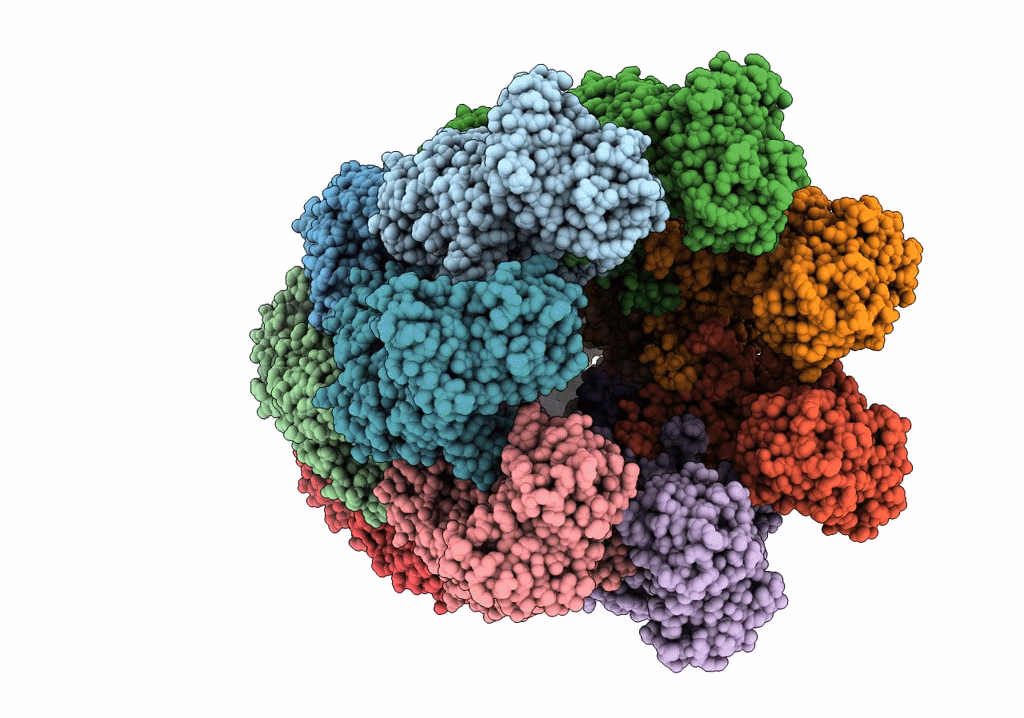
Deposition Date
2021-08-02
Release Date
2021-11-24
Last Version Date
2024-07-17
Entry Detail
PDB ID:
7PBJ
Keywords:
Title:
Cryo-EM structure of the GroEL-GroES complex with ADP bound to both rings ("wide" conformation).
Biological Source:
Source Organism:
Escherichia coli (strain K12) (Taxon ID: 83333)
Host Organism:
Method Details:
Experimental Method:
Resolution:
3.40 Å
Aggregation State:
PARTICLE
Reconstruction Method:
SINGLE PARTICLE


